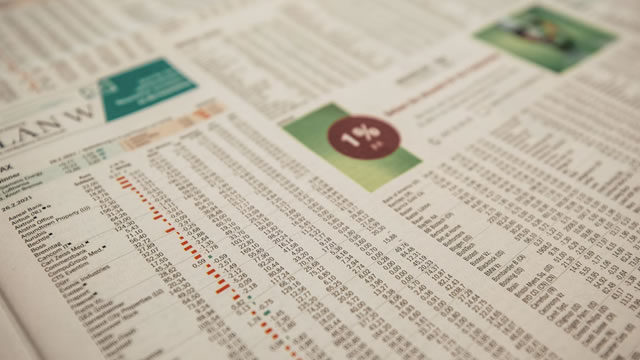Looking Back: The Economic Era That Inspired Trump’s Tariff Policies
As the tariff news continues to make headlines, many analysts and historians have been referring to the past for context. While the Smoot-Hawley Tariff Act of 1930 is often cited, President Trump’s economic platform seems to draw inspiration from an earlier era – the 1890s.
The Gilded Age: An Era of Economic Prosperity and Inequality
The late 1800s, also known as the Gilded Age, was a time of significant economic growth and prosperity in the United States. The country was undergoing rapid industrialization, and the economy was expanding at an unprecedented rate. However, this period was also marked by widespread inequality and social unrest.
Protectionist Policies: A Response to Economic Challenges
In response to these challenges, many lawmakers and political leaders advocated for protectionist policies. They believed that by imposing tariffs on imported goods, they could shield domestic industries from foreign competition and protect American jobs. The result was the passage of the McKinley Tariff in 1890, which raised tariffs on a wide range of imported goods.
Echoes of the Past: Trump’s Tariff Policies and the Gilded Age
President Trump’s tariff policies bear striking similarities to those of the Gilded Age. Like his predecessors, Trump is using tariffs as a tool to protect domestic industries and create jobs. However, critics argue that these policies could have negative consequences, both for the United States and for the global economy.
The Impact of Trump’s Tariffs: What’s in Store for You
If you’re an American consumer, you may start to notice higher prices for certain goods. Tariffs on imported goods can lead to increased costs for businesses, which may pass those costs on to consumers in the form of higher prices. Additionally, some businesses may choose to move production overseas in response to the tariffs, which could lead to job losses.
A Global Impact: How Trump’s Tariffs Will Affect the World
The impact of Trump’s tariffs goes beyond American shores. Other countries may retaliate with their own tariffs, leading to a trade war that could harm global economic growth. Additionally, some industries, such as agriculture and manufacturing, could be particularly hard hit. For example, farmers may see reduced exports and lower prices for their products, while manufacturers may face higher costs for raw materials.
Conclusion: Navigating the Complexities of Trade Policies
As the tariff news continues to dominate the headlines, it’s important to remember that economic policies are complex and multifaceted. While protectionist policies may offer some short-term benefits, they can also have negative consequences, both for individual consumers and for the global economy. As we navigate these complexities, it’s essential that we stay informed and engaged in the political and economic debates of our time.
- Trump’s tariff policies draw inspiration from the Gilded Age, when protectionist policies were used to shield domestic industries from foreign competition.
- These policies could lead to higher prices for consumers and job losses, particularly in industries that rely on imported goods or exports.
- Retaliation from other countries could lead to a trade war, which could harm global economic growth.
- Staying informed and engaged in the political and economic debates of our time is essential.





